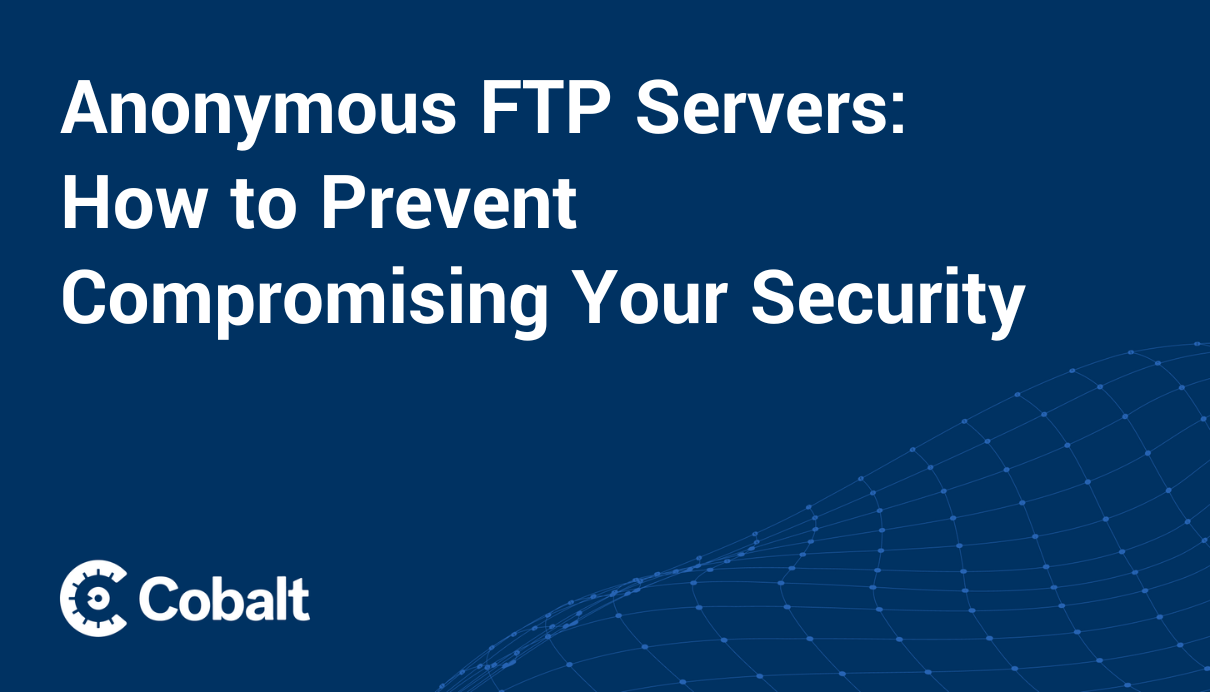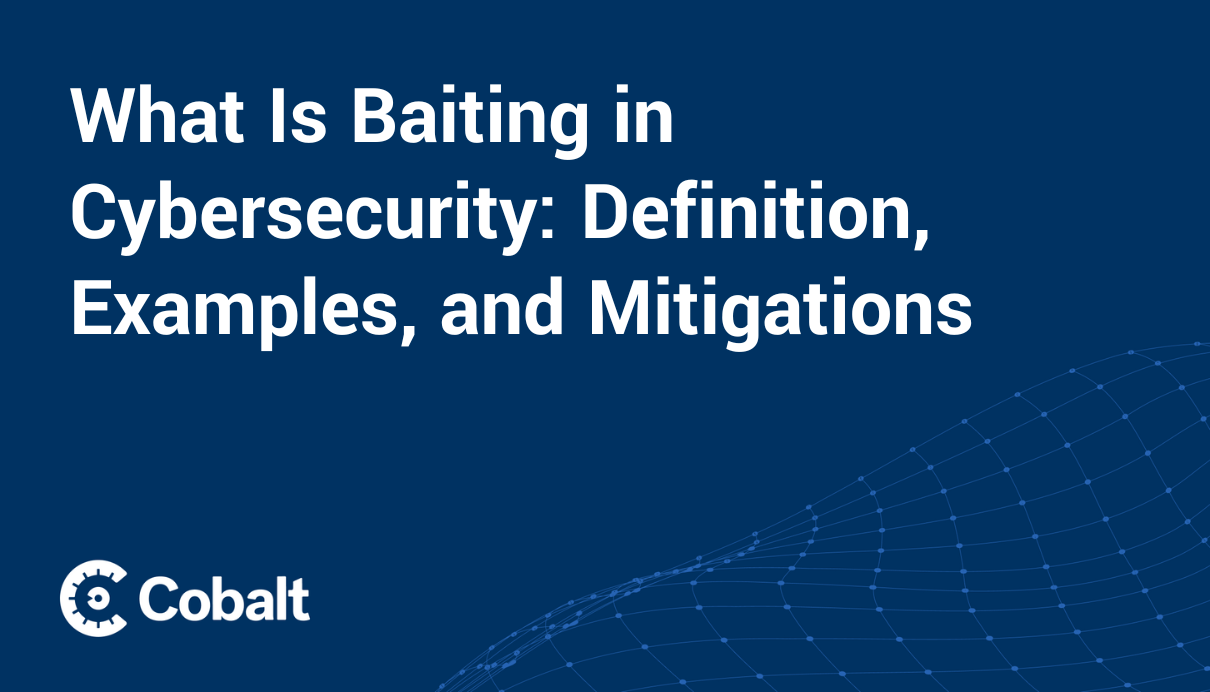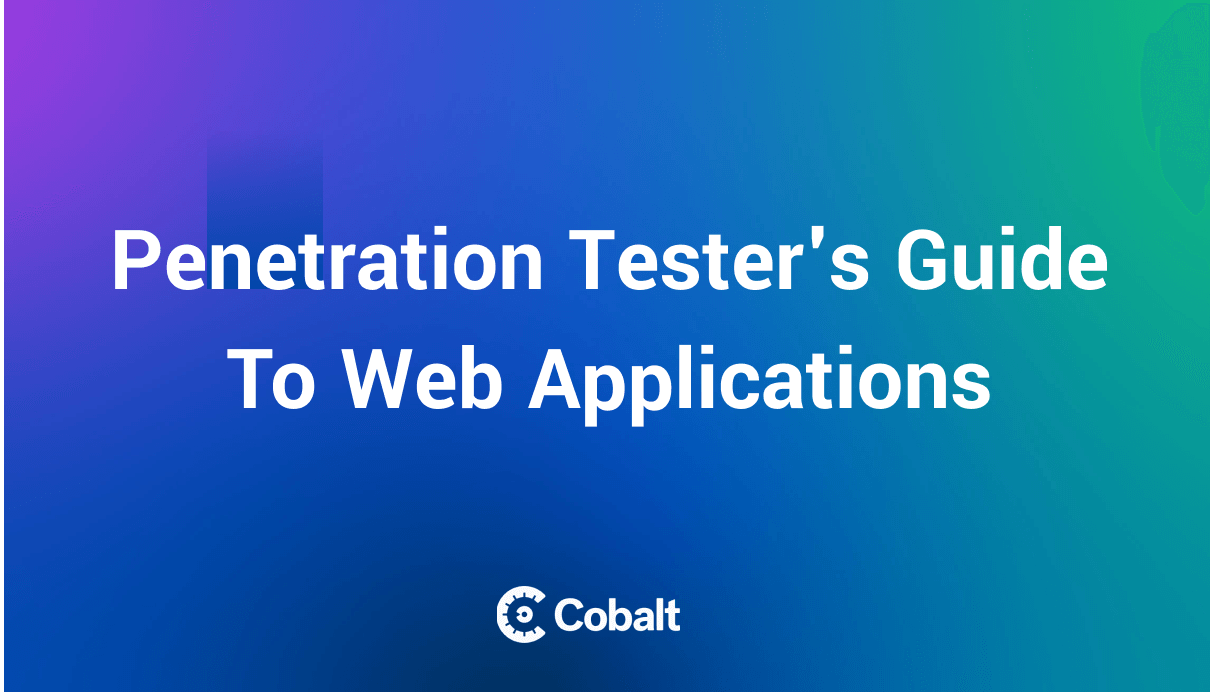Insecure plugin design in language learning models enables attackers to automatically launch malicious requests. This can expose you to remote code execution, privilege escalation, and data theft, potentially compromising your model's functionality, privacy, and regulatory compliance.
Plugin designers and security teams can mitigate these risks by following best practices for plugin design and selection. Here we'll share what you need to know to mitigate the risk of insecure LLM plugin design. We'll cover:
- What insecure LLM plugin design is
- Examples of insecure plugin design
- Potential impact of insecure plugin design on LLMs
- How to prevent insecure LLM plugin design
- How pentesting can help strengthen your LLM plugin security
What Is Insecure Plugin Design?
Insecure plugin design refers to a vulnerability stemming from flaws in software extensions for large language models or other software. For example, plugins can expose LLMs to exploitation if they allow free form input that introduces malicious code.
Insecure plugin vulnerabilities can occur with websites, blogs, and apps as well as large language models. LLM plugins face special challenges stemming from their unique features and the ease with which natural language allows bad actors to bypass security measures.
Some plugin vulnerabilities result from the fact that LLM models drive their plugins, frequently without application controls to restrict input from users, processing of incoming data, or transmission of data to other apps. LLM plugins also often use free form input from models to manage context length limitations, bypassing validation or type checks.
Poor plugin design vulnerabilities exploit these features. Vulnerabilities typically stem from lax input validation and authorization checks. Attackers may exploit plugin flaws to exfiltrate data, escalate privileges, or execute remote commands. Because plugin extensions get called automatically when models run, they can be particularly insidious. Left unchecked, they can effectively destroy LLM functionality. Fortunately, plugin vulnerabilities can be fixed by diligently applying best practices that restore input validation and access authorization safeguards.
Examples of Insecure Plugin Design
To illustrate insecure plugin design vulnerabilities, let's consider a few examples of typical vulnerabilities and scenarios:
- Free-form single-field input exploitation
- Connection stream parameter pollution
- SQL injection vulnerability
- Open redirect vulnerability
- Indirect prompt injection vulnerability
These aren't the only potential vulnerabilities of insecure plugin design, just some of the most typical ones.
Free Form Single-field Input Exploitation
Let's say a plugin uses natural language to accept free-form parameter input into a single field with no data validation check. Attackers may inject malicious code into the field with instructions to scan for improper error handling of error messages that disclose sensitive information, such as file locations and credentials. The attacker then may exploit vulnerabilities to escalate privileges or exfiltrate data.
Connection String Parameter Pollution
In this scenario, consider a plugin that queries a vector database to retrieve embeddings representing objects. The plugin allows configuration parameters to be entered as connection strings without performing any validation checks. This lets attackers alter names or host parameters to access other vector databases and exfiltrate sensitive embeddings.
SQL Injection Vulnerability
Envision a plugin that allows WHERE clauses to be input as SQL filters and appended. Attackers can exploit this to launch SQL injection attacks, potentially allowing them to view sensitive data, delete data, or gain administrative access to databases.
Open Redirect Vulnerability
In this scenario, the plugin accepts a URL as input and tells the LLM to combine it with a query and retrieve data. Bad actors can construct requests to redirect the URL to an external domain hosting malicious code, setting the stage to inject malicious content into the LLM system.
Indirect Prompt Injection Vulnerability
In this example, the plugin handles all LLM content as originating with the user without performing authentication or authorization checks. Attackers can exploit this vulnerability to launch indirect prompt injection attacks, using external sources to introduce code that manipulates the LLM, other apps in the LLM environment, and users. This can result in consequences such as data exfiltration, dependency repository takeover (repojacking), or social engineering.
Potential Impact of Insecure Plugins in LLMs
As these examples suggest, insecure plugins can have a wide range of negative impacts for LLMs. These include:
- Data breaches and exfiltration
- Remote code execution
- Privilege escalation
- Intellectual property theft
- Brand reputation damage
- Legal compliance complications
Data Breaches and Exfiltration
Insecure plugins invite unauthorized access to user data.
Remote Code Execution
Plugin vulnerabilities allow attackers to execute any code that can be injected into LLM systems, enabling them to distribute malware, steal data, or disrupt functionality.
Privilege Escalation
Bad actors can exploit insecure plugins to gain access to unauthorized data and functions, enabling them to add, alter, or delete data and launch other attacks.
Intellectual Property Theft
By allowing privilege escalation and data exfiltration, LLM plugin insecurity can put your brand's intellectual property at risk, including your LLM model itself.
Brand Reputation Damage
Data breaches caused by LLM plugin insecurity can harm your brand's reputation in the eyes of customers and investors.
Legal Compliance Complications
If your brand is covered by regulatory guidelines such as the General Data Privacy Regulation (GDPR) or Health Insurance Portability and Accountability Act (HIPPA), insecure LLM plugins could place you in legal jeopardy and expose you to fines and lawsuits.
These risks make protecting LLM plugins a high priority for securing teams.
How to Prevent Insecure Plugin Design
Security teams can prevent LLM plugin insecurities by implementing strong data validation, user authorization, and access control guidelines. Important best practices include:
- Enforcing strict input parameter validation, including type and range checks, whenever possible.
- When strict parameters aren't possible, second layers of typed calls should be used to parse requests and perform data validation and sanitization.
- When semantics require freeform input, inspect input to exclude malicious calls.
- Plugin developers should ensure input validation and sanitization by following the Open Worldwide Application Security Project (OWASP) guidelines for the Application Security Verification Standard (ASVS).
- Security teams should test plugins for adequate validation using both Static Application Security Testing (SAST) scans and Dynamic application testing (DAST) in development pipelines.
- Plugin design should minimize the impact of insecure input parameters by applying ASVS Access Control Guidelines, which prescribe least privilege access to limit functionality to required functions.
- Apply authorization standards such as OAuth 2.0.
- Use API keys to contextualize authorization decisions to reflect plugin routes rather than default users
- Confirm any action taken by sensitive plugins with manual authorization.
- Apply REST security best practices for REST API plugins.
Mitigate Insecure Plugin Design Risks with Cobalt Penetration Testing
Insecure LLM plugin design exposes your model and business to high risks that can compromise user privacy, hurt your brand reputation, put you in regulatory jeopardy. Your security team can mitigate these risks by implementing the guidelines recommended here and establishing strong data validation and authorization controls.
Best practices for mitigating insecure plugin design include testing to scan for vulnerabilities. Cobalt provides next-generation AI penetration testing services to help you rapidly detect and fix plugin risks and other vulnerabilities in LLMs and AI systems. Our core pentesting team works with OWASP and other leading authorities to develop industry standards for AI and LLM security.
Our user-friendly platform allows your team to work with our expert pentesting community to easily set up and conduct rigorous manual tests and uncover your AI vulnerabilities. Get started with Cobalt today by connecting with our team to discuss how we can help you level up your security safeguards for AI-enabled applications.












